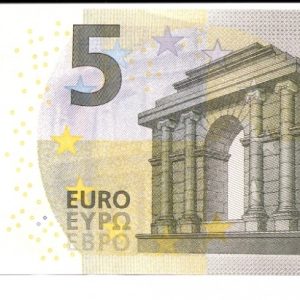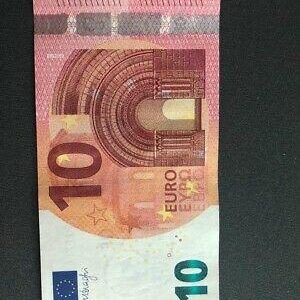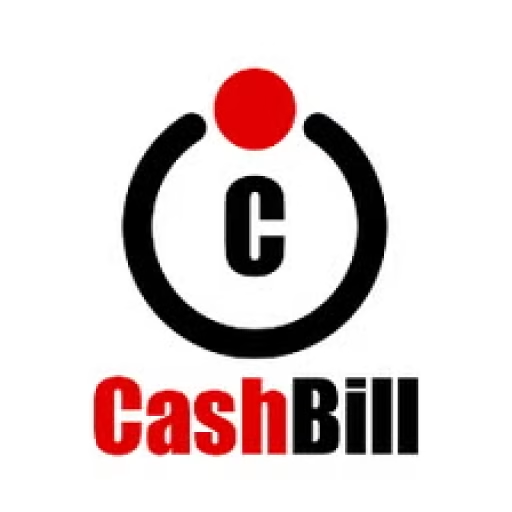Fake Money may seem like an outdated or niche issue. However, counterfeiting remains a persistent threat to global economies, businesses, and individuals alike. The term fake money refers to currency that is produced illegally and fraudulently, with the intent to deceive and mimic legitimate banknotes or coins. While governments have stepped up their efforts to combat counterfeiting with advanced printing techniques and security features, counterfeiters have also evolved, leveraging technology and underground markets to distribute their products widely.
In this article, we’ll explore the world of fake money—its history, how it’s made, its impact on economies, the legal consequences of dealing with it, and how to protect yourself from becoming a victim.
A Brief History of Fake Money
The use of fake money dates back to ancient times. Even as early as 600 B.C., counterfeit coins were found in circulation in Greek markets. These coins were typically made of cheaper metals but plated to resemble valuable silver or gold. Fast forward to the 18th and 19th centuries, when paper currency became more widespread, counterfeiters began printing their own notes to exploit the relatively rudimentary security features of the time.
In the United States, the problem of fakemoney became so severe during the Civil War that, in 1865, the Secret Service was established primarily to combat counterfeit currency. At that time, it was estimated that over one-third of all U.S. currency in circulation was fake.
Today, although the scale of counterfeiting has diminished in proportion to total currency in circulation, it remains a serious issue—particularly as new methods, such as high-quality digital printing and dark web distribution networks, make it easier to produce and obtain counterfeit notes.

How Is Fake Money Made?
Creating fake money isn’t just a matter of using a regular printer and some paper. Skilled counterfeiters use a mix of technology and traditional methods to mimic the look and feel of genuine currency. The most common steps include:
-
Paper sourcing: Real banknotes are printed on specialized paper or polymer, often with embedded security fibers. Counterfeiters attempt to find similar textured paper or artificially age their materials to deceive.
-
Printing techniques: Offset printing and inkjet or laser printing are common methods. However, high-end counterfeiters may use intaglio printing (a method similar to what governments use), which gives genuine currency its raised feel.
-
Security features replication: Many notes include holograms, watermarks, color-shifting ink, and microprinting. While not all of these can be replicated perfectly, counterfeiters often try to simulate them well enough to pass a quick inspection.
-
Serial numbers: Some fake bills use real serial numbers copied from legitimate currency to appear authentic, while others create random numbers.
The most commonly counterfeited currencies include the U.S. dollar, the Euro, and the British pound, largely due to their widespread use and value in international markets.
The Impact of Fake Money
The circulation of fake money has far-reaching implications. Its effects go beyond simple theft; it can destabilize entire economies if left unchecked. Here are several consequences of counterfeit currency:
-
Economic distortion: An influx of fakemoney increases the money supply artificially, leading to inflation and reduced trust in the currency.
-
Losses to businesses: Small businesses are particularly vulnerable because they may not have the tools to detect counterfeit notes. Accepting fake money results in direct financial losses.
-
Criminal enterprise funding: Counterfeiting is often linked to larger criminal activities, including organized crime, drug trafficking, and terrorism.
-
Loss of confidence: If people begin to suspect that currency is unreliable or insecure, it could reduce overall confidence in the economy.
The burden of fake money doesn’t just fall on governments and financial institutions—it affects everyone, from individual consumers to large-scale corporations.
How to Spot Fake Money
Knowing how to spot fake money is a critical skill in protecting yourself and your business. Here are some of the key indicators to look out for:
-
Feel the paper: Genuine currency has a distinct texture that is hard to replicate. Most real notes feel crisp and slightly rough.
-
Check for watermarks: Hold the note up to light. Most modern currencies have watermarks that are visible from both sides and match the printed image.
-
Look at the security thread: Many notes have an embedded thread running vertically through the paper. This thread often glows under UV light.
-
Examine color-shifting ink: Tilt the note and observe if the ink in certain areas changes color (common in U.S. $100 bills).
-
Use a counterfeit detector pen: These pens contain iodine-based ink that reacts with starches in regular paper but not with the fibers used in real banknotes.
Digital tools and mobile apps are also emerging to help consumers authenticate currency more easily.
Legal Ramifications of Dealing with Fake Money
Possessing, distributing, or manufacturing fake money is a serious criminal offense in virtually every jurisdiction. In the United States, under federal law (Title 18, Section 471 of the U.S. Code), counterfeiting is punishable by up to 20 years in prison and heavy fines.
Importantly, even unintentional use of counterfeit money—such as receiving it in a transaction and trying to spend it later—can lead to legal complications. Authorities often assess intent, but proving ignorance can be difficult. If you suspect you’ve received fake money, it’s critical to report it to law enforcement or your local bank immediately.

The Dark Web and the Sale of Fake Money
In recent years, the internet—particularly the dark web—has become a hub for the sale and distribution of counterfeit currency. These markets often advertise high-quality “undetectable” fake money, complete with photos and reviews. Buyers are typically anonymous, using cryptocurrencies like Bitcoin to make transactions.
These platforms promise fast delivery, secrecy, and quality assurance. However, they also pose significant risks:
-
Scams: Many sellers simply take the money and disappear.
-
Tracking by law enforcement: Governments closely monitor these platforms and sometimes set up sting operations.
-
Severe penalties: Even attempting to purchase fake money online can be grounds for prosecution.
Conclusion
Fake money remains a complex and dangerous issue in modern society. While advanced security features have made counterfeiting more difficult, evolving technology and criminal networks have kept the threat alive. For individuals, awareness and vigilance are key. Learning how to identify fake money and taking steps to avoid counterfeit currency can protect you from serious financial and legal trouble.
Ultimately, while the idea of fake money may evoke images of spy movies or criminal underworlds, it’s a real-world issue with tangible consequences. Whether you’re a consumer, a business owner, or simply someone curious about how money works, understanding the risks and realities of fake money is an essential part of financial literacy in the 21st century.
